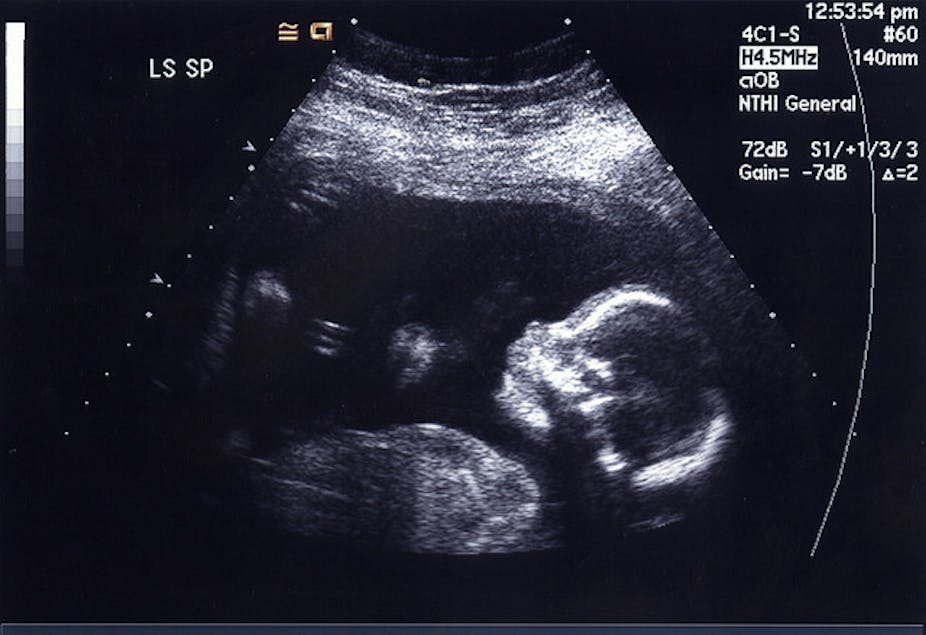Human foetuses begin to hear sounds outside the womb at about 27 weeks. But whether foetuses can learn from these sounds in ways that shape speech perception and development during infancy has remained unclear.
New research from the University of Helsinki suggests that humans begin to distinguish between sounds before they are even born. Eino Partanen and colleagues explored how prenatal experiences influence learning. “We wanted to find out what kind of material foetuses can learn in the womb, what kind of neural representations they form,” he said.
People started to become interested in foetal learning in the 1980s. It was only then that researchers picked up on the widespread anecdotal evidence on the topic. There are frequent stories of infants apparently recognising and responding to music that was played to them before birth.
Alexandra Lamont, who specialises in developmental psychology, specifically that of music, explained this. “Sound can be quite clearly heard in the womb,” she said. “Once the necessary brain development has taken place to enable learning, the foetus certainly can learn music or other sounds before birth.”
“This is one reason why newborn infants have a preference for their own mother’s voice, as they have had extended experience with hearing that voice before birth.”
Partanen wanted to prove this on a more detailed level. “Can babies learn from the music, speech, stories that they hear from the womb?” he said. “We were interested in looking at this from a neurophysiological angle.”
In order to find out Partanen and his colleagues used basic sounds. The foetuses in their studies were not played opera or told fairy tales: instead, participating families played a recording of a repeated sound several times a week during pregnancy. This sound was the pseudoword “tatata”. Occasionally this sound was varied with a subtle pitch increment in the middle syllable.
Very soon after birth, researchers compared responses to such sounds to infants who had been exposed to it whilst in the womb, as well as those who had not. They recorded the electrical activity of the brains of the infants using EEG. They found that the infants who had been exposed reacted much more strongly to the sounds. Furthermore, these infants were capable of discriminating the small pitch differences between them.
This proves, Partanen said, that “infants are capable of learning the small building blocks of language in the foetal stage. We know that this is much more specific than we thought previously – they respond to subtle changes in verbalisation.”
Can this be developed into any kind of therapy or intervention for infants? Partanen thinks so. Problems such as dyslexia, he thinks, could be approached at a much earlier level. Although there is no way of knowing whether a baby is going to develop dyslexia, with some degree there are factors that you can look into to see whether or not they are at risk. Dyslexia is partly genetic, for example. In this case, prenatal therapy could be developed for risk groups in order to facilitate learning.
Dr Lamont cautioned that this, if possible, would be a long way off. “While phonological skills do seem to be a useful treatment for dyslexia in young children,” she explained, “we would be a long way from finding out if prenatal exposure to systematic sounds would be of any benefit.”
Partenen is hopeful though. “Our findings do not mean we can make superbabies!” he said. “But hope to find out if we could help infants that might have specific deficits from a very early stage.”

